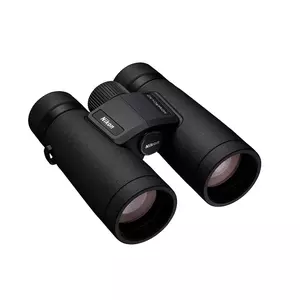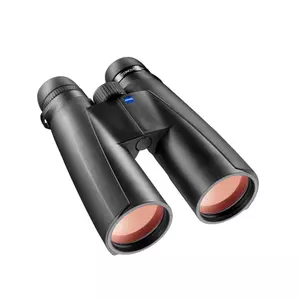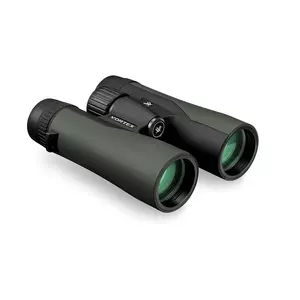What do the Numbers on Binoculars Mean
Embarking on the journey to purchase a pair of binoculars, you'll encounter a series of numbers like 8x42, 10x50, or 12x25 etched on them. These numbers are not mere identifiers but are the key to understanding the binoculars' capabilities.
This comprehensive guide delves deep into these figures, providing an in-depth explanation of their significance, and how they influence the binoculars' performance, ultimately aiding you in selecting the perfect pair for your needs.
Short answer:The numbers on binoculars indicate their magnification power and objective lens diameter. The first number (e.g., 8 in 8x42) is the magnification, showing how many times objects are enlarged. The second number (e.g., 42 in 8x42) is the lens diameter in millimeters, affecting image brightness and clarity.
- Unraveling the Numbers on Binoculars
- A Closer Look at Magnification Power
- Decoding Binocular Numbers for Specific Needs
- The Role of Objective Lens Diameter
Unraveling the Numbers on Binoculars

Binoculars typically display two primary numbers separated by an 'x', denoting magnification power and objective lens diameter. The magnification power, being the first number, quantifies how much the binoculars can enlarge the image of the target. The objective lens diameter, the second number, indicates the size of the front lenses.
These metrics are crucial in defining the image's brightness, clarity, field of view, and stability. By the way, if you are looking for interesting binocular models, here are our top 4 best binoculars in 2026:
- High-End Performance at Affordable Price
- Ideal for Hunting, Birding, and Wildlife Viewing
- Enhanced Low-Light Performance
- Tack-Sharp Edge-to-Edge Vision with Deep Field
- Compact and Lightweight with Improved Light Transmission
- ED Glass Lenses Minimize Distortion
- Ideal for Birding and Wildlife Observation
- Rubber-Armored, Non-Slip Grip Design
- Waterproof and Fog-Proof for Reliable Performance
- Turn-and-Slide Rubber Eyecups for Eyeglass Compatibility
- HD Lens System for Vivid Imaging
- Best for Birdwatching and Nature Observation
- LotuTec Coatings for Scratch Protection
- Conveniently Placed Focusing Wheel for Easy Use
- Perfect for Stalking Game and Rough Terrain
- Exceptional Clarity and Color Fidelity
- Resistant to Water and Fog
- Eyecups Adjustable for Eyeglass Wearers
- Secure, Non-Slip Rubber Armor
- Includes GlassPak Harness for Easy Carrying
A Closer Look at Magnification Power
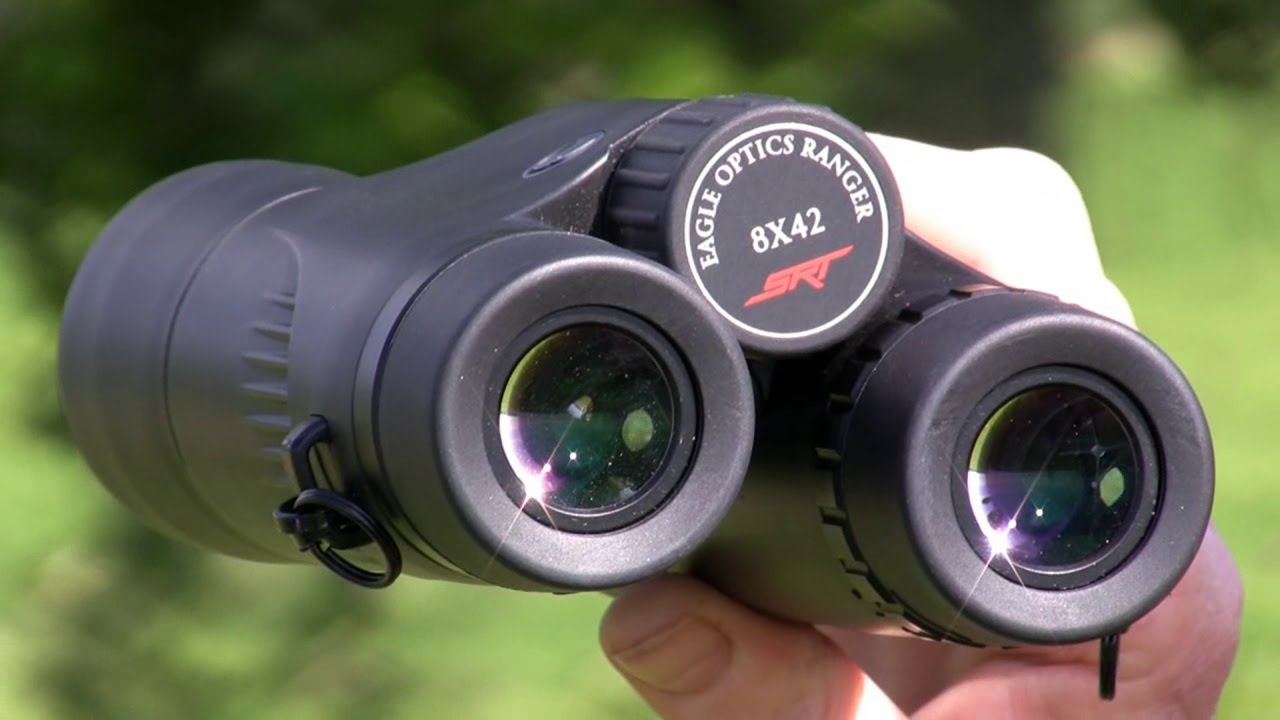
Magnification power is a critical component that determines how much closer the object appears when viewed through the binoculars. For instance, binoculars labeled 10x bring objects ten times closer than the naked eye can see.
While high magnification provides detailed views, it comes with certain limitations: it narrows the field of view, decreases image brightness, and increases image shakiness due to hand or body movements. Therefore, the choice of magnification should align with the intended use and personal comfort.
Decoding Binocular Numbers for Specific Needs
Understanding binocular numbers is essential for making an informed decision. Here are some tailored recommendations:
For General Use (Birdwatching, Wildlife, Sightseeing): A magnification power between 8x and 10x and an objective lens diameter of 40mm to 50mm offer a well-rounded balance of image quality, field of view, brightness, and manageability.
For Specialized Activities (Hunting, Astronomy, Sports): Adjust the magnification and lens diameter to fit the activity. Hunters in dim environments might opt for 12x50 or 15x56, while astronomers may prefer 7x50 or 8x56. For observing fast-moving sports, lower magnification and smaller lenses, such as 8x25 or 10x30, are advisable.
For Travel and Outdoor Adventures: Compact and lightweight models like 8x25, 10x25, or 12x32 are ideal, providing adequate magnification and brightness without excessive bulk or weight.
For your convenience, we have compiled a comparison table that will help you choose the option that suits you based on your needs.
| Magnification Power | Objective Lens Diameter | Ideal Usage | Field of View | Image Brightness | Portability | Additional Features |
|---|---|---|---|---|---|---|
| 6x - 8x | 20mm - 30mm | Dynamic activities, daytime use | Wide | Moderate | High | Light, easy to carry |
| 8x - 10x | 30mm - 40mm | General outdoor, versatile use | Balanced | Good | Moderate | Suitable for varied light conditions |
| 12x and above | 40mm - 50mm | Stationary observation, distant viewing | Narrow | High | Low | Requires steady hands or support |
| 7x - 8x | 50mm and above | Astronomy, low-light viewing | Wide | Very High | Low | Bulky, high light intake |
| 12x - 15x | 50mm and above | Hunting, low-light conditions | Narrow | High | Low | Ideal for detailed observation |
| 8x - 10x | 20mm - 30mm | Sports, travel | Wide | Moderate | High | Compact, convenient for fast-paced activities |
The Role of Objective Lens Diameter
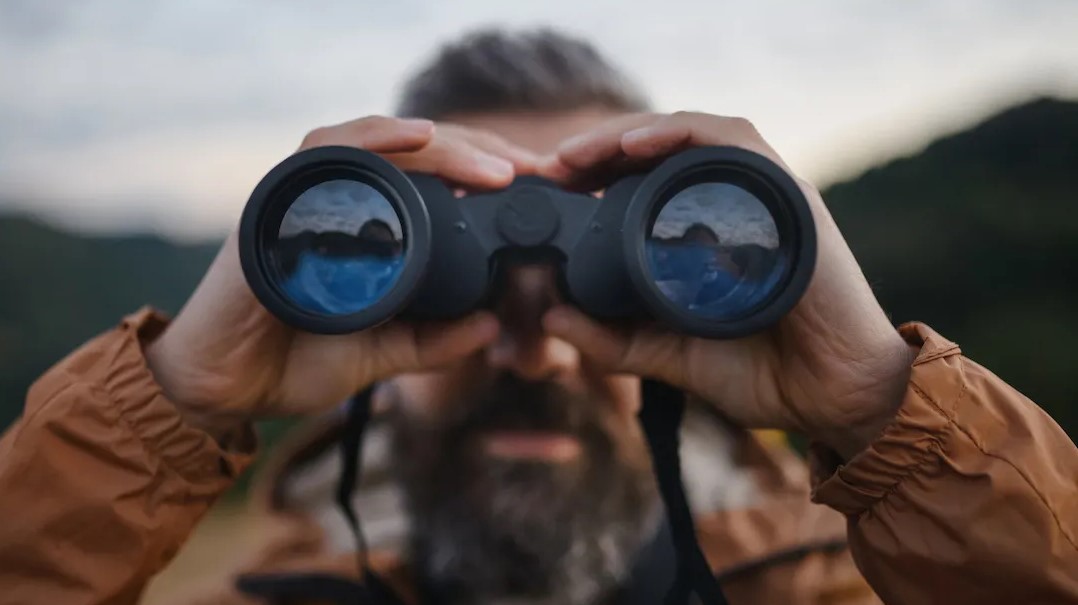
This number signifies the size of the binoculars' front lenses. A larger objective lens diameter means more light can be gathered, leading to a brighter and crisper image.
This feature is particularly advantageous in low-light conditions. However, larger lenses add to the binoculars' weight and size, necessitating a compromise between image quality and ease of handling.
In-Depth Understanding of Binocular Specifications
To further enhance your understanding, let's delve deeper into each aspect:
| Specification | Category | Range/Type | Characteristics | Ideal Usage |
|---|---|---|---|---|
| Magnification Power | Lower Magnification | 6x - 8x | Broader field of view, steadier images, ideal for quick or moving targets. | Dynamic activities, daytime use. |
| Medium Magnification | 8x - 10x | Balanced between detailed view and field of view, versatile. | General outdoor, versatile use. | |
| High Magnification | 12x and above | Detailed views of distant objects, requires steadiness, narrower field of view. | Stationary observation, distant viewing. | |
| Objective Lens Diameter | Smaller Lenses | 20mm - 30mm | Lighter, more portable, suitable for daytime. | Activities requiring mobility, daytime use. |
| Medium Lenses | 30mm - 40mm | Balance between brightness and portability, versatile for varied lighting. | Mixed lighting conditions, general use. | |
| Larger Lenses | 40mm and above | Excellent in low-light, bulkier, heavier. | Low-light conditions, stationary use. | |
| Field of View | Varies with magnification | Wider in lower magnification, essential for tracking movement and scanning areas. | Tracking moving objects, wide area scanning. | |
| Eye Relief | Varies with model | Distance for full field of view with comfort, especially important for eyeglass wearers. | Long-duration use, eyeglass wearers. | |
| Prism Type | Porro Prism | - | Typically offers richer depth perception, bulkier. | Enhanced 3D perception, nature observation. |
| Roof Prism | - | Compact and lightweight, streamlined design. | Travel, hiking, where portability is key. | |
| Coatings | Lens Coatings | Enhance light transmission, contrast, and reduce glare. Multiple coatings improve quality but increase cost. | High-quality imaging, varied light conditions. | |
| Waterproofing and Fog Proofing | Essential for outdoor use in different weather, ensures durability and consistent viewing. | All-weather use, rugged outdoor activities. | ||
What Do the Numbers Mean on Binoculars: Conclusion
The numbers on binoculars are more than mere figures; they are vital indicators of their performance and suitability for different applications. By comprehending the implications of magnification power and objective lens diameter, along with other features, you can select binoculars that not only meet but enhance your viewing experiences.
We trust this guide has provided you with a deeper understanding of binocular specifications, equipping you to make a well-informed choice for your viewing pleasure.
You may also like:

